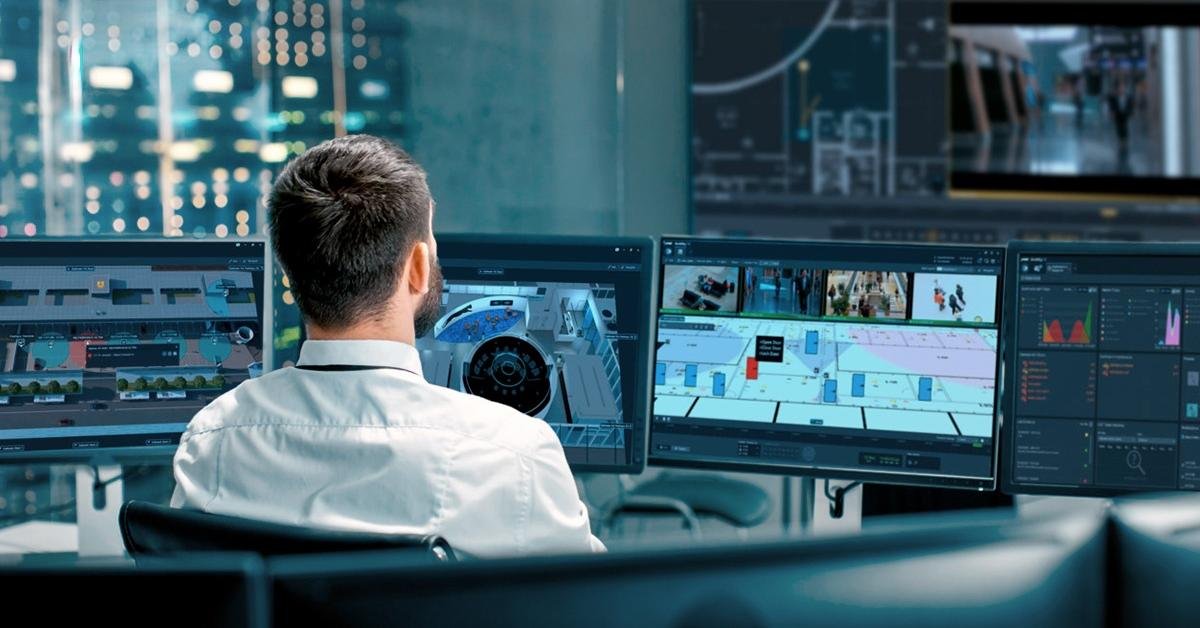AI surveillance refers to the use of artificial intelligence technologies to monitor, analyze, and track individuals’ activities, behaviors, communications, and personal data through methods like video monitoring, facial recognition, behavior analysis, productivity monitoring, and speech analysis. It enables institutions and governments to conduct mass surveillance of the public or employees to an intrusive degree, reducing privacy while expanding oversight powers. Debates continue on balancing security benefits with regulation to prevent infringements on human rights in the name of unchecked automated surveillance scaling to dystopian levels.
Proponents argue that AI monitoring can help ensure at-home employees remain productive. The technology can track keyboard strokes, mouse movements, applications used, websites visited and even analyze audio and video to supposedly gauge worker engagement. Managers receive real-time updates and data to identify potential performance issues. While ensuring productivity is understandable, using invasive surveillance reminiscent of dystopian science fiction goes too far.
AI Surveillance
The pressure to appear constantly engaged under such employee surveillance can have psychological impacts including anxiety over missed software cues of not being active enough or demonstrating behaviors prone to misinterpretation. The ambiguity over what may trigger AI performance concerns adds stress. Despite being home, employees may feel unable to take breaks, have casual conversations, use the restroom, prepare a snack or attend to children. The technology risks reducing rest periods, increasing frustration over rigid schedules and enabling excessive managerial control borders on digital authoritarianism.
Also Read : Revolutionizing Transactions: The Technology Behind Digital Payments in Stores
Ethical Concerns
The most immediate ethical concern is the significant erosion of privacy and trust such monitoring represents. There is no option for employees to consent and little transparency on what is captured, analyzed and shared from their private homes. The technology aims to provide maximum visibility of activities based more on managerial concerns over controlling workers than mutually agreed performance objectives. It treats employees with inherent suspicion rather than trust in their professionalism.
Also Read : Optimizing Your Career Path with Seasonal Employment Opportunities
Manage Employee Data
AI monitoring also enables managers to gather employee data at an unprecedented scale across contexts traditionally considered personal or family spheres. Keystroke tracking, behavior analysis through computer webcams and scrolling rates create digital panopticons with one-sided, continuous workplace oversight. Managers gain visibility into not just productivity metrics but personal behaviors, habits, appearance inside the home and even conversations. Families and housemates unwillingly get subject to the watchful eye of a remote AI supposedly assessing an employee’s work.
AI Monitoring
AI monitoring systems designed by tech startups also raise cybersecurity, privacy and ethical AI concerns rarely addressed transparently. Sensitive employee information gets collected, stored, analyzed and shared across systems secured and governed very differently than regulated workplace environments. Algorithms prone to data bias or training limitations can misinterpret certain behaviors leading managers to draw inaccurate workplace insights and conclusions. Auditing trails usually prove lacking, providing employees with little recourse to contest unfair characterizations.The company implemented employee surveillance product reviews to monitor productivity and ensure adherence to policies, prompting mixed reactions.
Improving Productivity
While improving productivity ranks among organizations’ highest priorities, several effective options exist sans AI surveillance. Outcome-oriented management focuses on mutually agreed objectives, milestones and success indicators while empowering teams to self-determine daily priorities and tasks. Video conferencing, instant messaging and project management systems enable transparency without invasive tracking. Surveys, self-assessments and two-way dialogues foster trust and identification of mutual improvement areas. Organizations who treat employees with respect regarding personal contexts and choices around managing work and life are rewarded with higher engagement, satisfaction and productivity.
Conclusion
Work-from-home AI monitoring risks negatively impacting workplace culture, trust, inclusion, psychological safety, privacy and ethical AI practices. The technologies enable an extreme form of command-and-control management counterproductive to empowering remote workers. While ensuring at-home employees remain productive ranks reasonable, the solution lies not in mass surveillance but processes preserving dignity, autonomy and work-life balance. Unless governing policies help halt the proliferation of such systems, their normalization risks jeopardizing hard-won advances in employee rights, data privacy and responsible technology. The move toward AI surveillance of at-home workers is one we must collectively steer technology and management practices away from through open dialogues on workplace rights.

